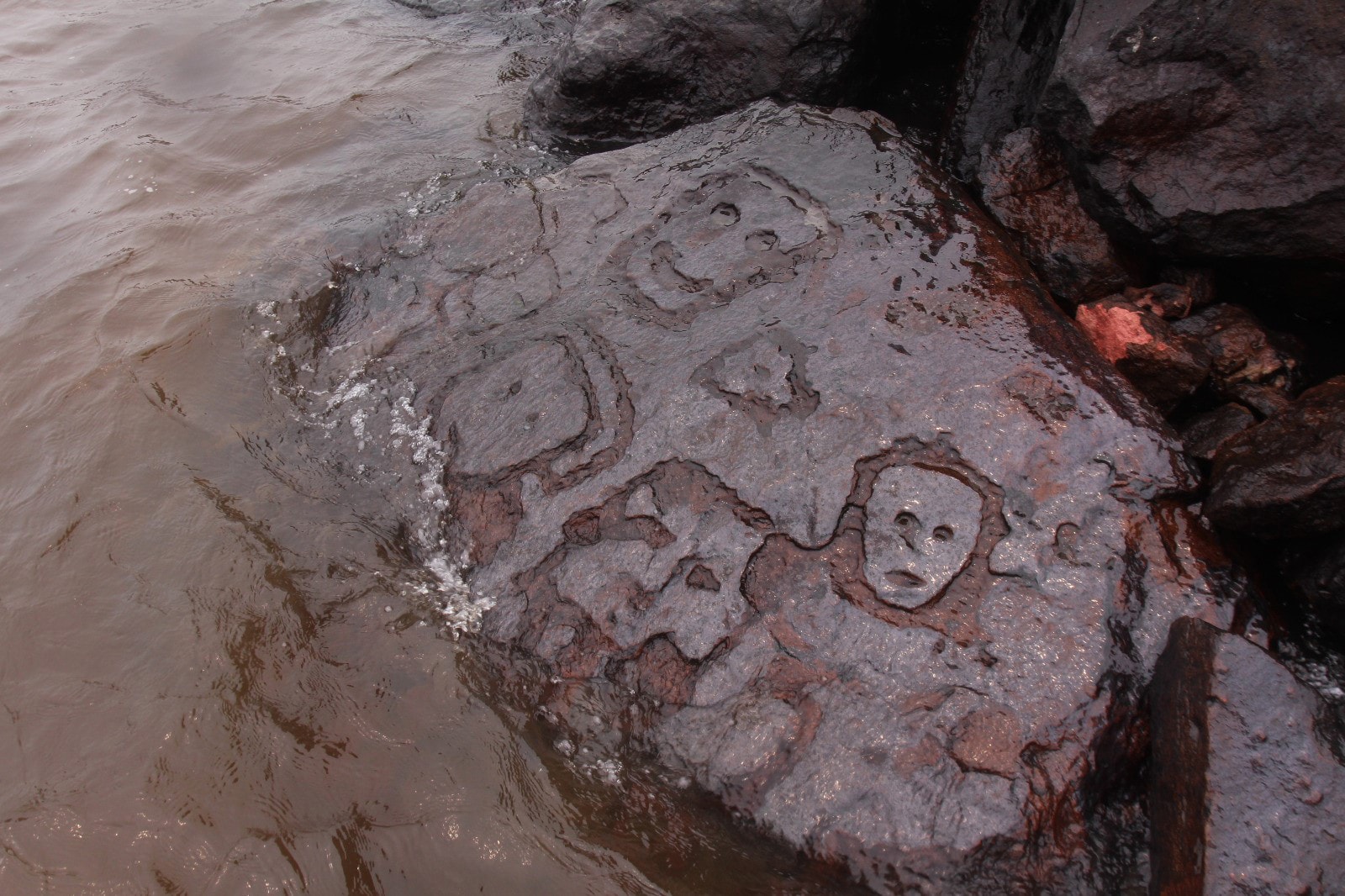A severe drought in the Amazon River exposed ancient rock carvings that had been submerged for centuries. The carvings, which depict human faces and other figures, are estimated to be between 1,000 and 2,000 years old.
The carvings were discovered at a site known as Ponto das Lajes on the Rio Negro, a major tributary of the Amazon. The site is believed to have been a pre-Columbian ceremonial center, and the carvings may have played a role in religious rituals.
In addition to the human faces, the carvings also depict other figures, such as animals and natural forms. This suggests that the indigenous people who created the carvings had a deep connection to the natural world.
The discovery of the carvings has shed new light on the lives of the indigenous people who once inhabited the Amazon. It is a testament to the rich and complex culture of the indigenous people of the region.
It is also a reminder of the fragility of the Amazon ecosystem, and the threat that climate change poses to its cultural heritage. It also serves as a reminder of the importance of protecting the Amazon rainforest, which is home to a vast array of biodiversity and cultural heritage.
The discovery of the carvings has been met with excitement by archaeologists and historians. It is hoped that further study of the carvings will provide more insights into the lives and beliefs of the indigenous people who created them.



